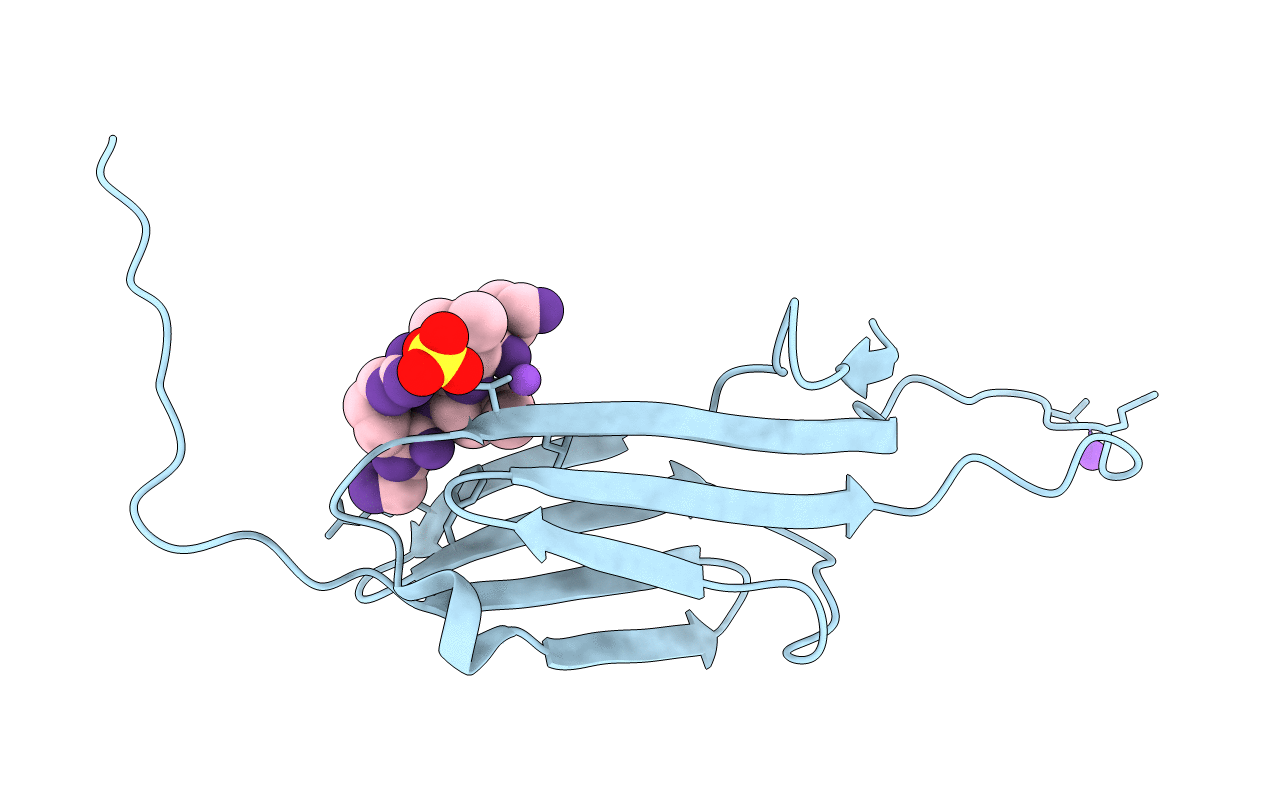
Deposition Date
2018-04-27
Release Date
2019-01-30
Last Version Date
2024-10-09
Entry Detail
Biological Source:
Source Organism:
Mycobacterium marinum M (Taxon ID: 216594)
Host Organism:
Method Details:
Experimental Method:
Resolution:
2.00 Å
R-Value Free:
0.24
R-Value Work:
0.19
R-Value Observed:
0.19
Space Group:
I 2 3


